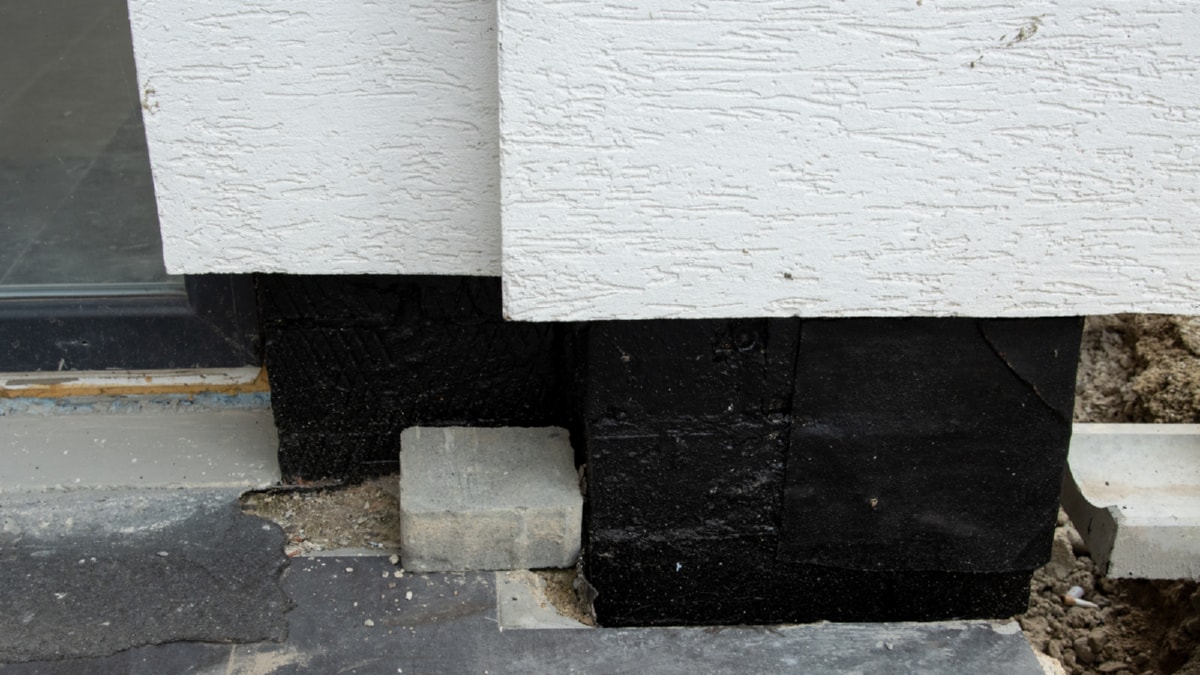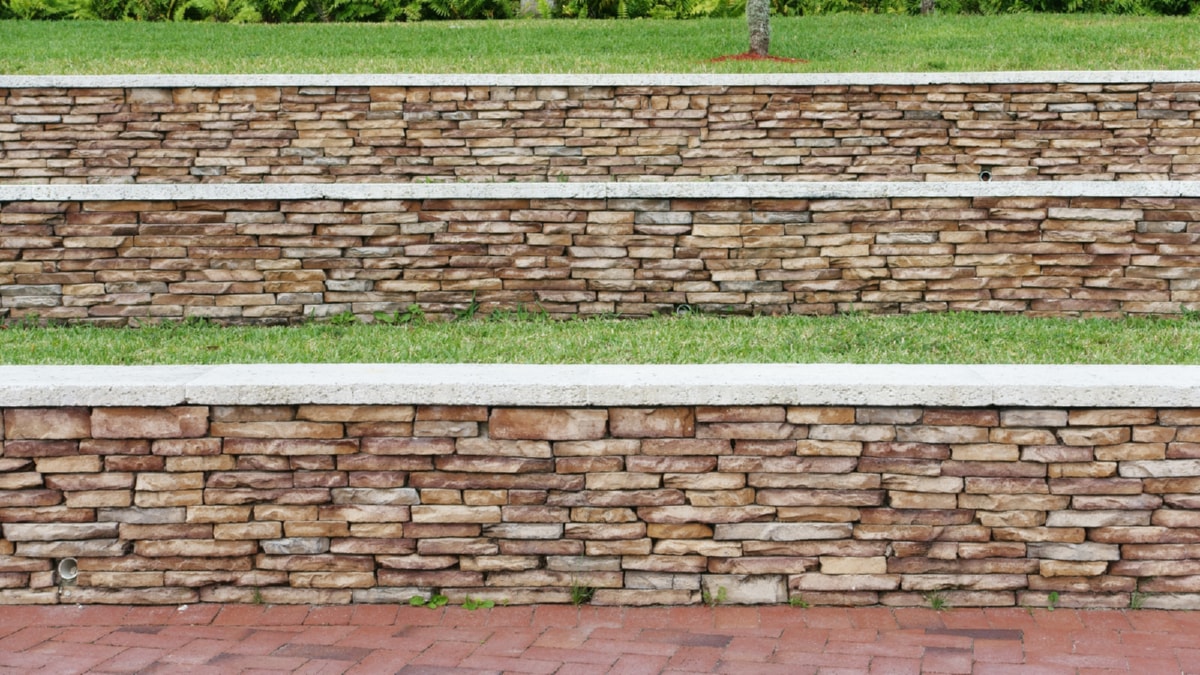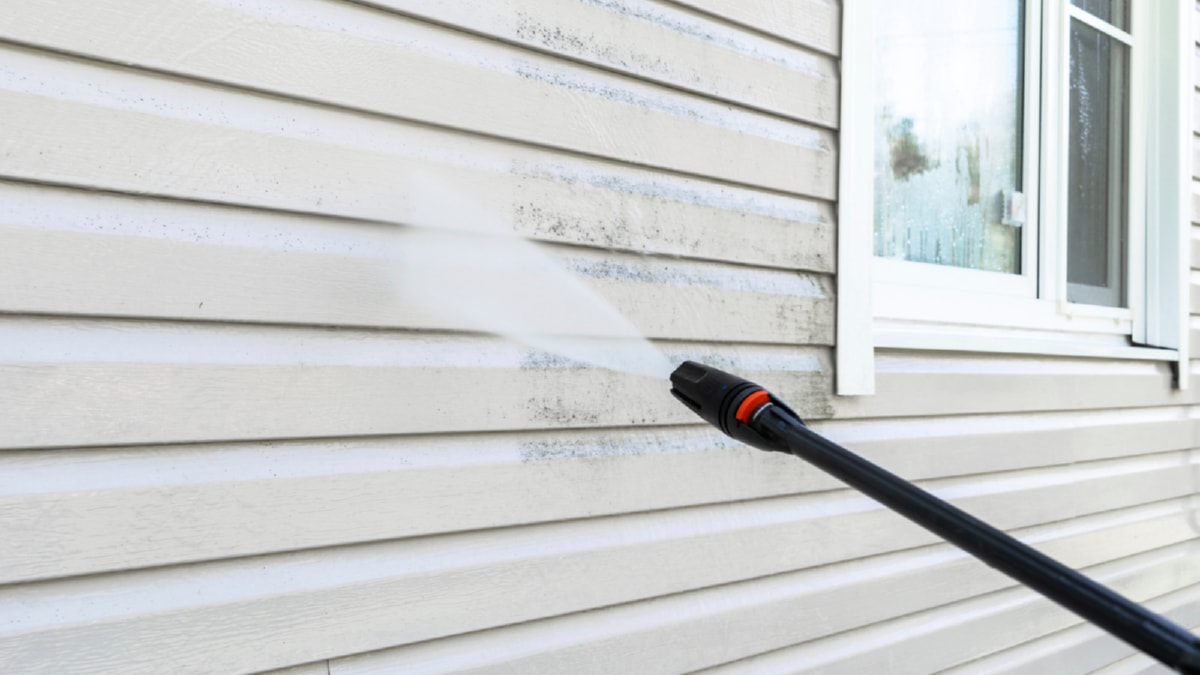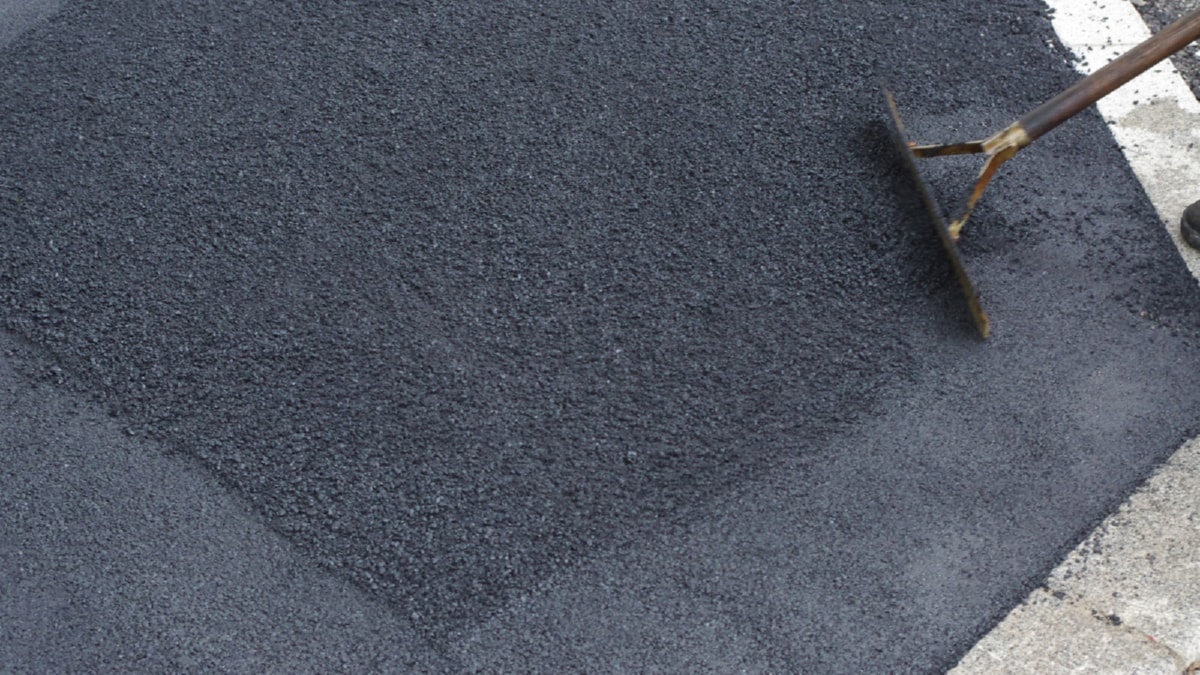Constructing an environmentally friendly home goes beyond following the latest design and technology trends. It’s about creating a living space that is efficient, healthy, and in harmony with the environment. This article provides you with crucial tips to guide you in building a sustainable home.
The first step towards building a sustainable home is designing for efficiency. Incorporate passive design principles that take advantage of natural light and airflow to reduce the need for artificial heating, cooling, and lighting. This includes orienting your home to maximize solar gain, installing large windows and skylights, and using natural ventilation. A well-planned design not only reduces your energy consumption but also improves the comfort and livability of your home.
Choosing the right materials is another critical aspect of sustainable home construction. Use materials that are sustainably produced, recycled, or locally sourced. These materials have a lower environmental impact than traditional building materials and can also contribute to a healthier indoor environment. For instance, bamboo is a eco-friendly alternative to hardwood, while recycled steel is an excellent substitute for virgin steel.
Energy efficiency is the cornerstone of any sustainable home. Install energy-efficient appliances and systems, such as Energy Star-rated appliances, LED lighting, and high-efficiency HVAC systems. These technologies not only lower your energy consumption but also save on utility bills. Furthermore, consider renewable energy sources like solar panels or wind turbines to further reduce your home’s carbon footprint.
Water conservation is another important factor in sustainable home construction. Implement features like low-flow fixtures, rainwater harvesting systems, and drought-tolerant landscaping to cut back on water use. Such measures not only conserve water but also reduce your water bills.
Building a sustainable home also means creating a healthy indoor environment. Use low-VOC paints, sealants, and adhesives to reduce indoor air pollution. Ensure good ventilation to remove indoor pollutants and maintain a healthy indoor air quality.
In conclusion, building a sustainable home involves more than just choosing environmentally friendly materials. It requires a well-rounded approach that takes into account energy and water efficiency, indoor air quality, and the impact on the environment. By following these tips, you can build a home that is not only beautiful and comfortable but also sustainable and eco-friendly.
For more details, check best Insulation Services in Southeast Ireland or visit their Insulation Services Southeast Ireland business listing here.




